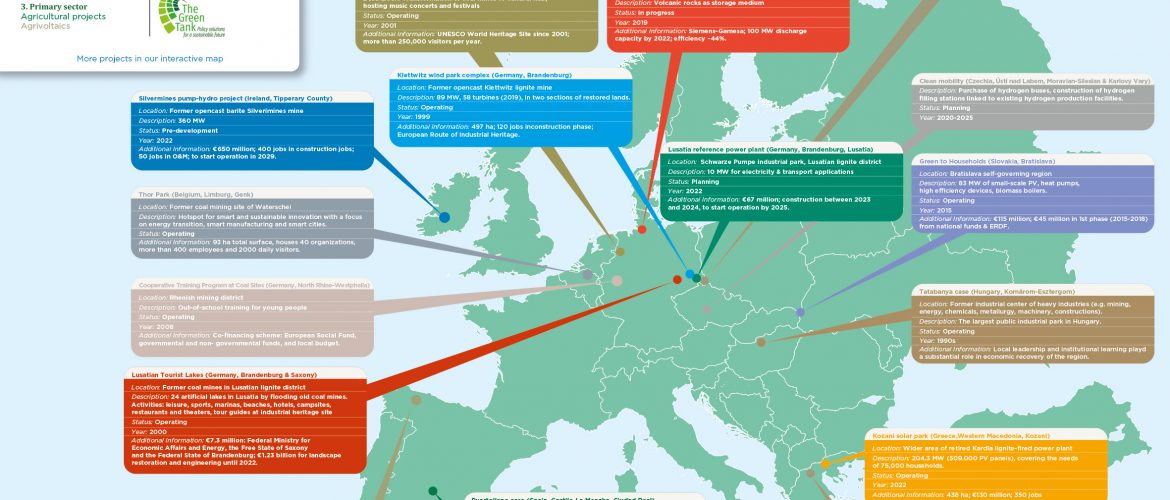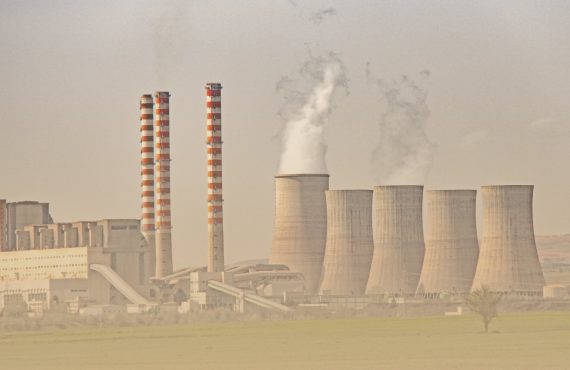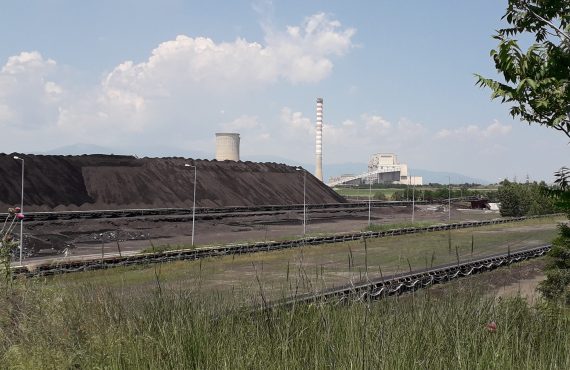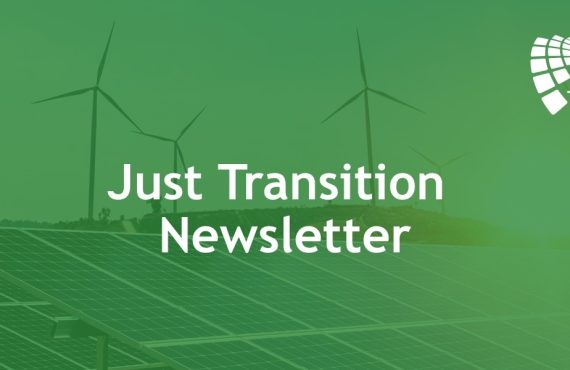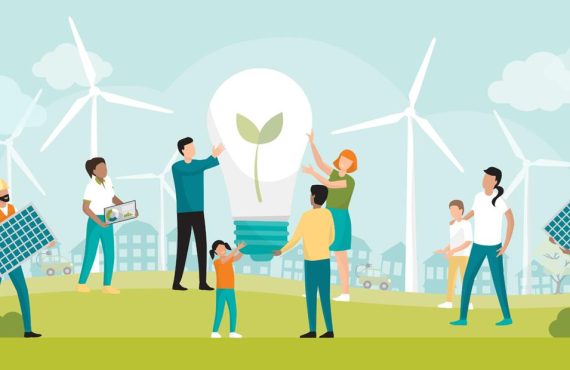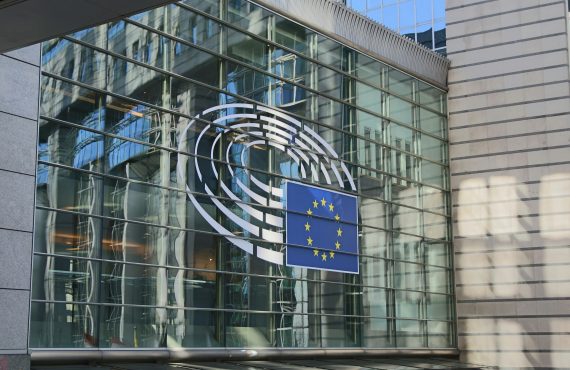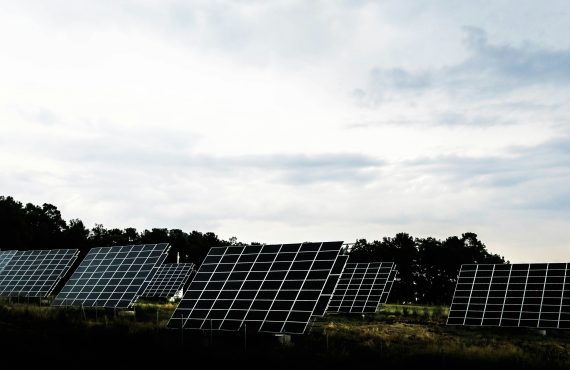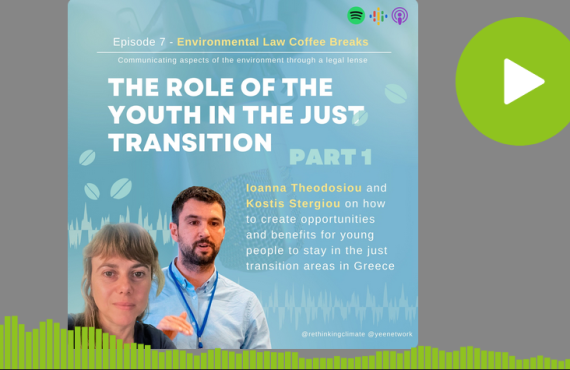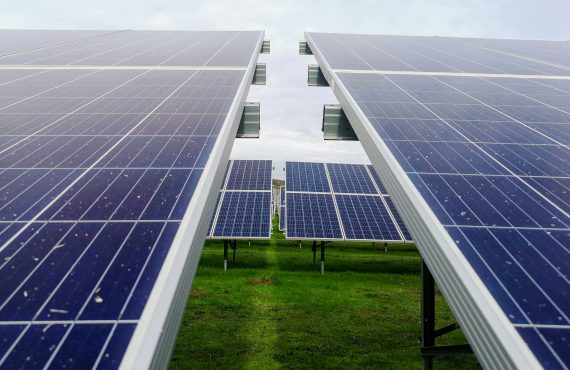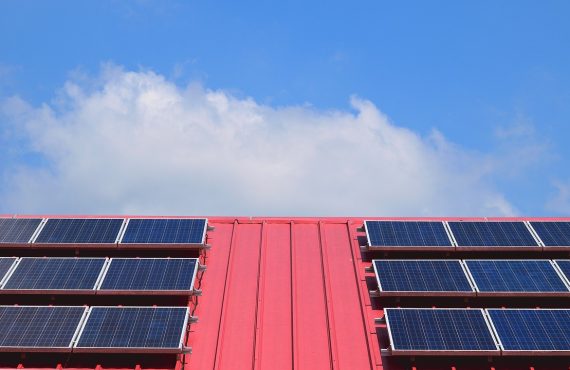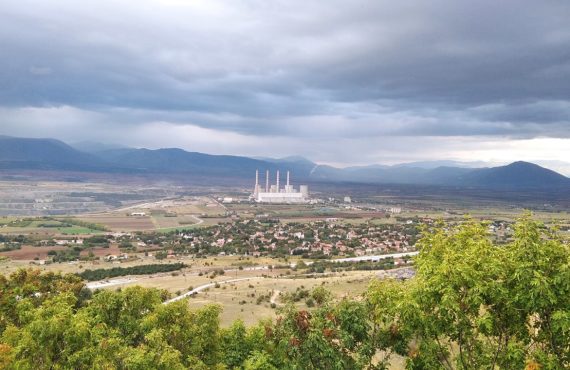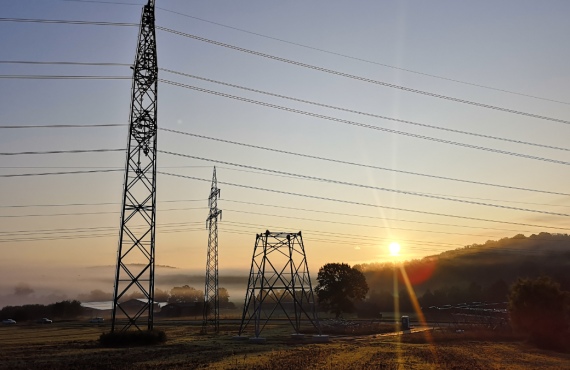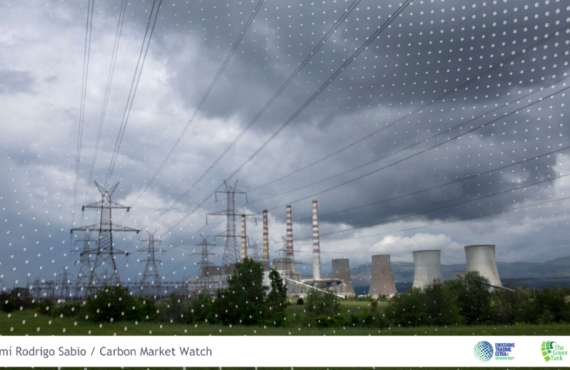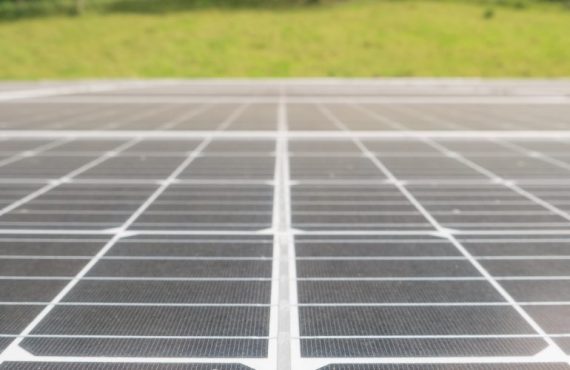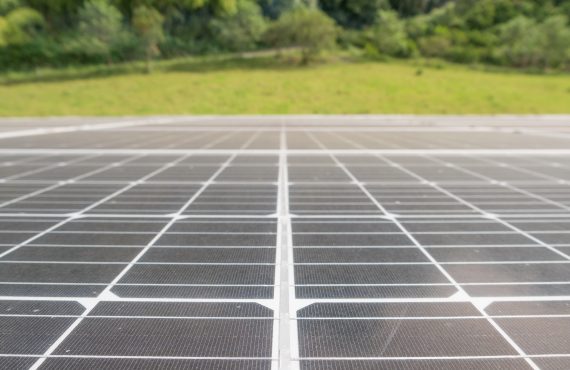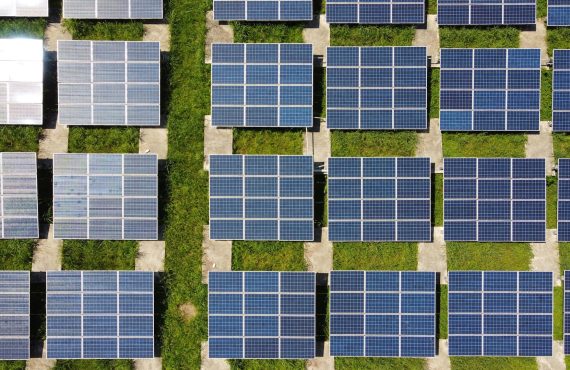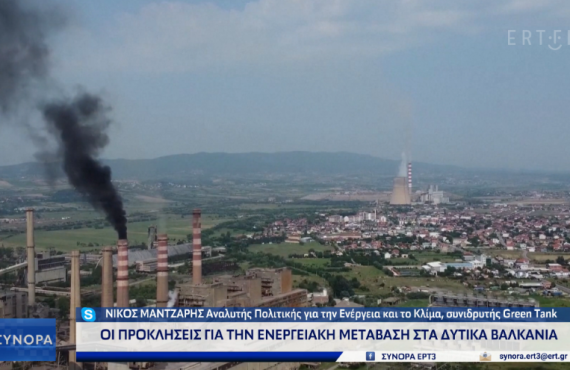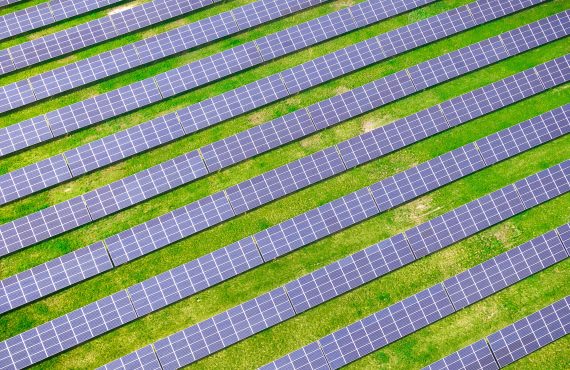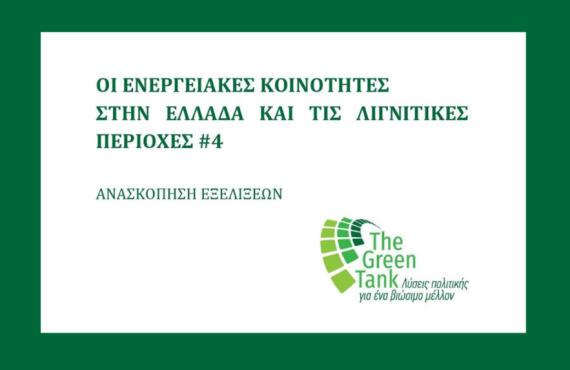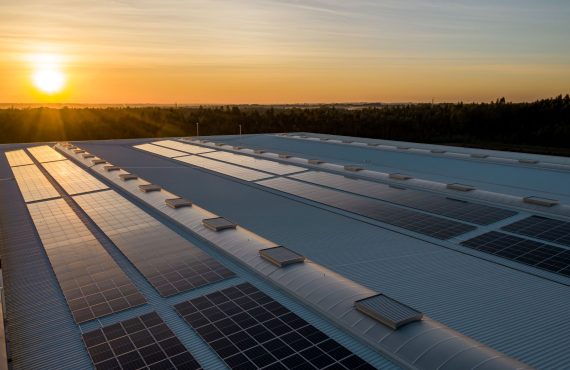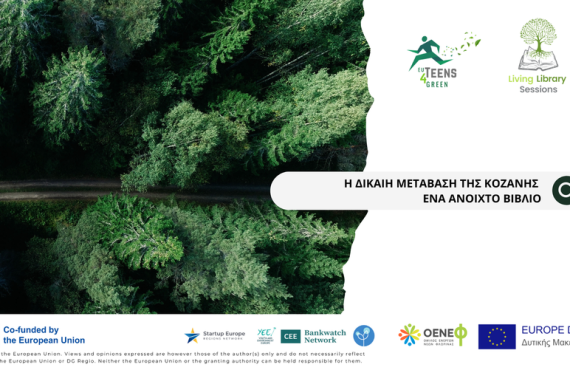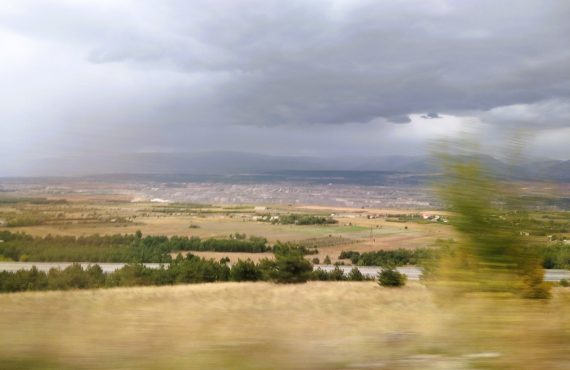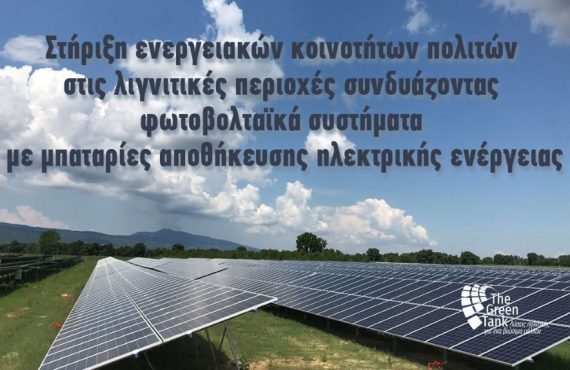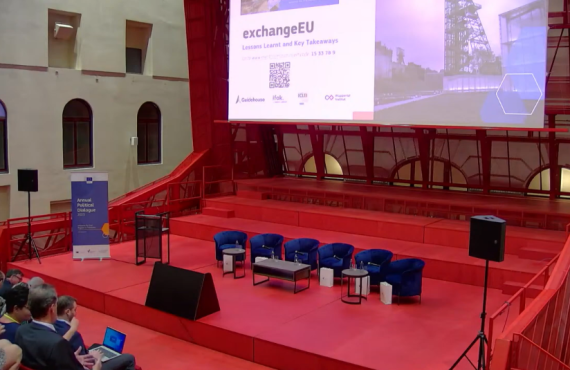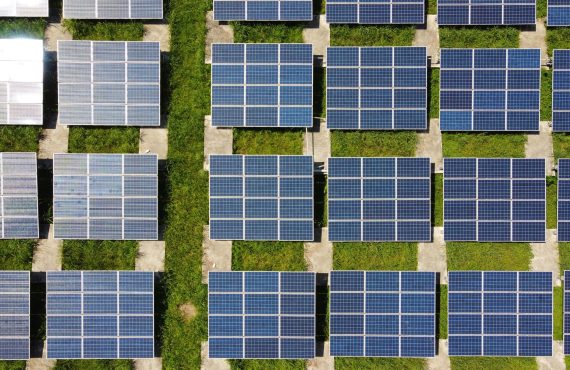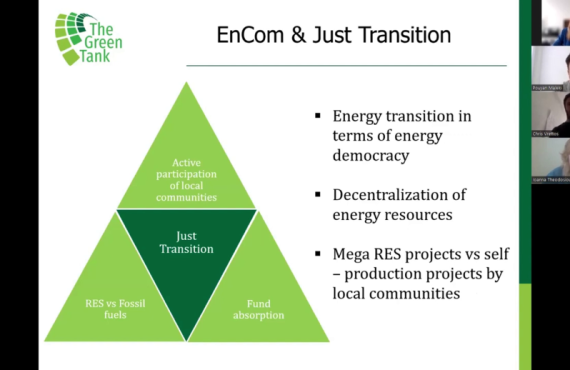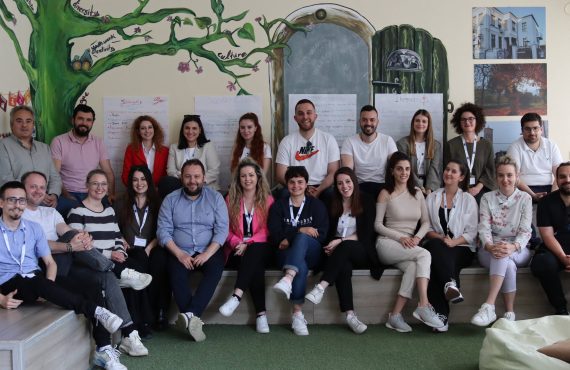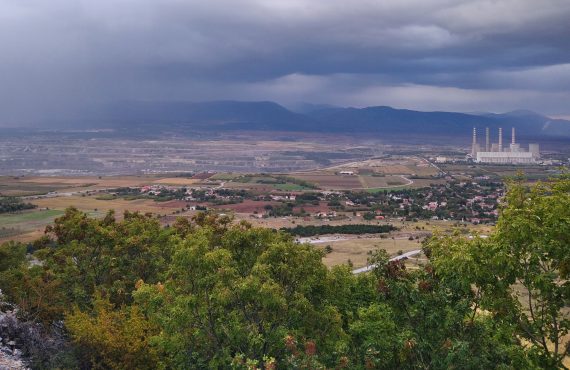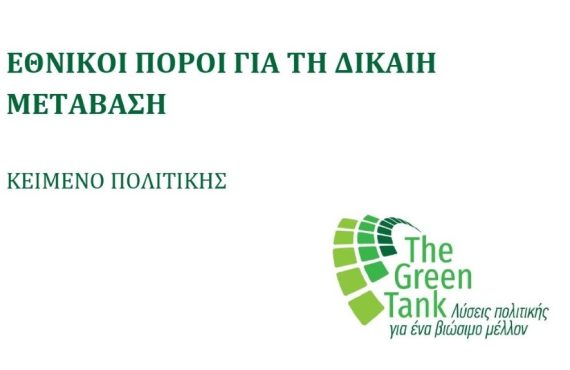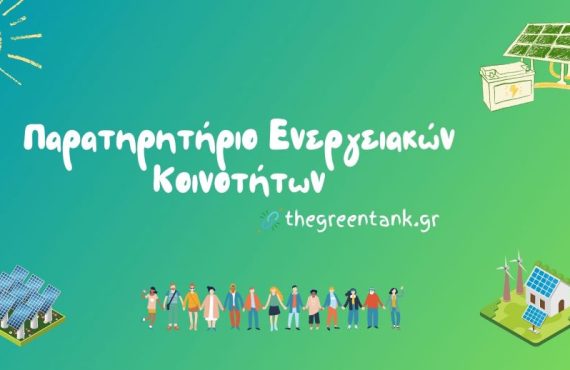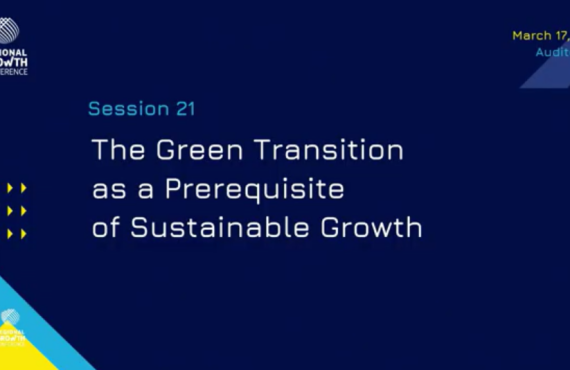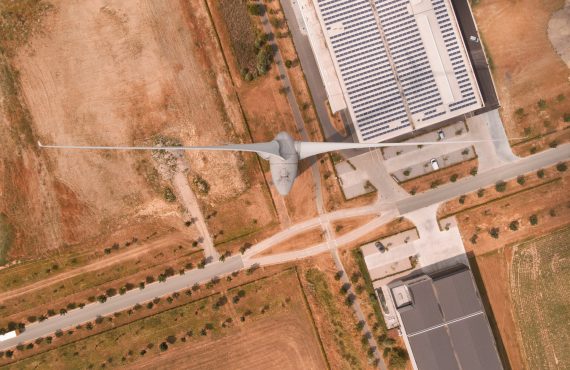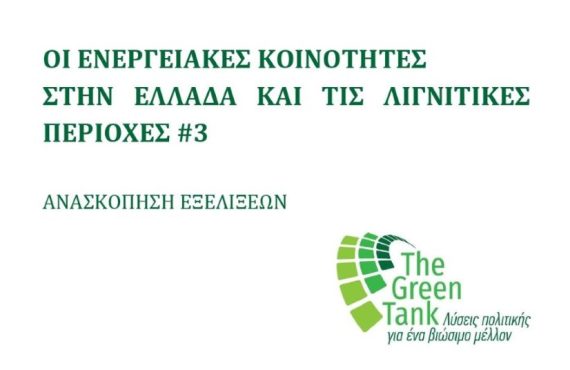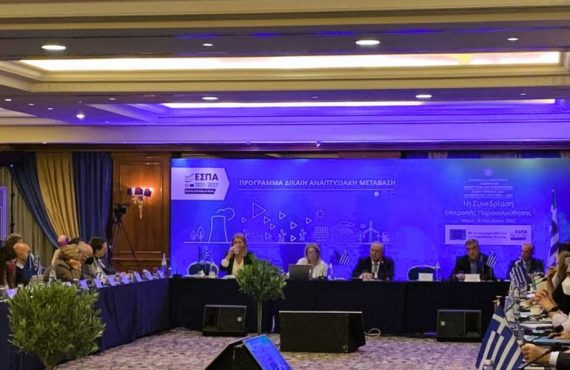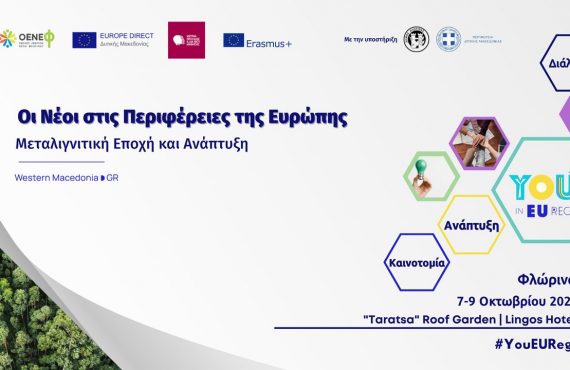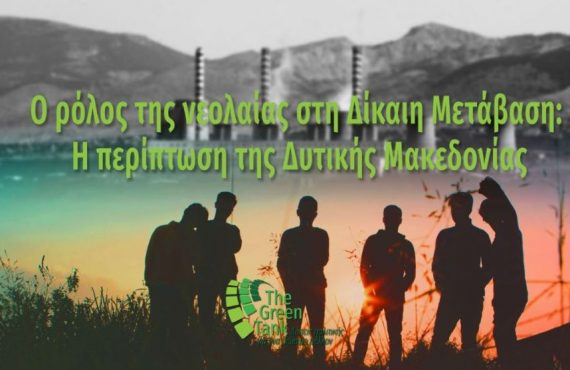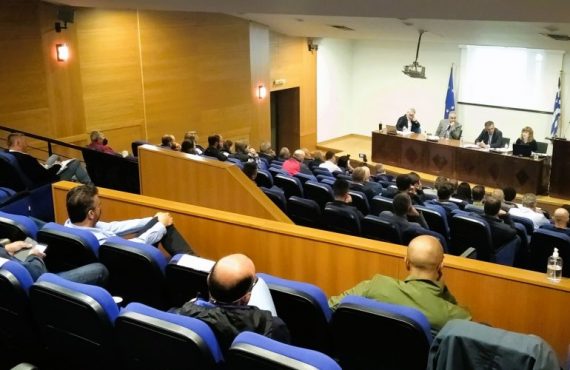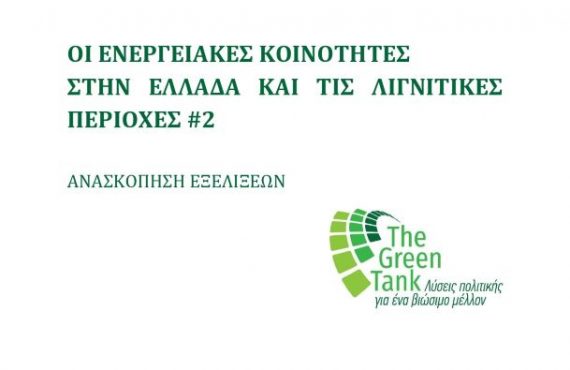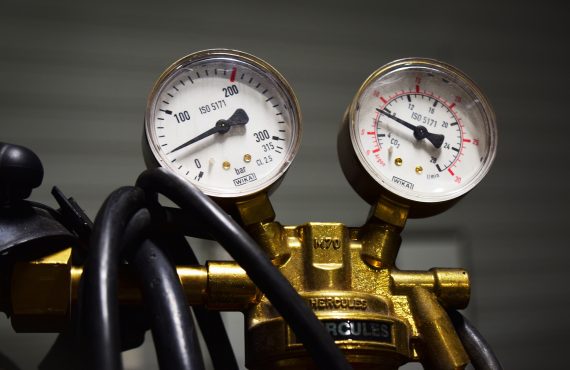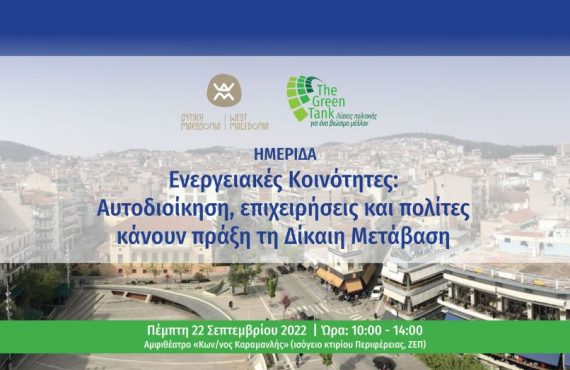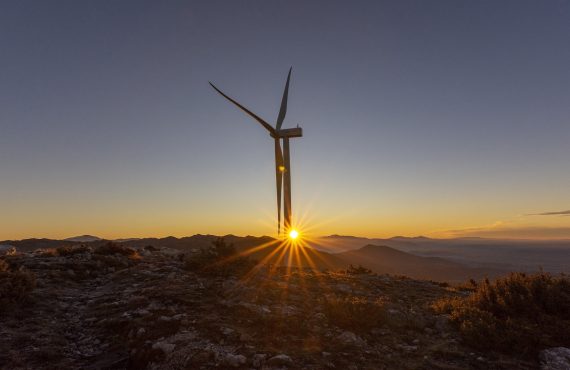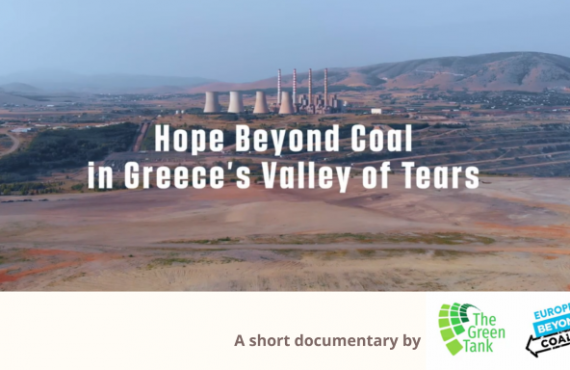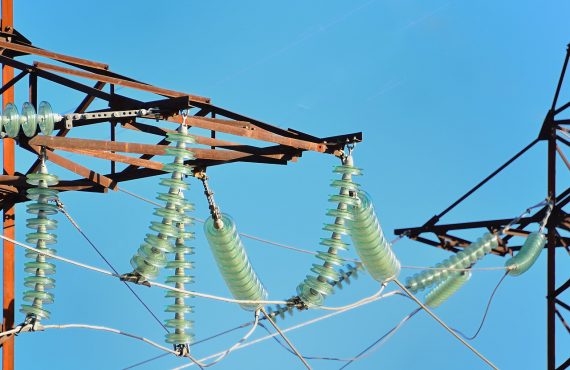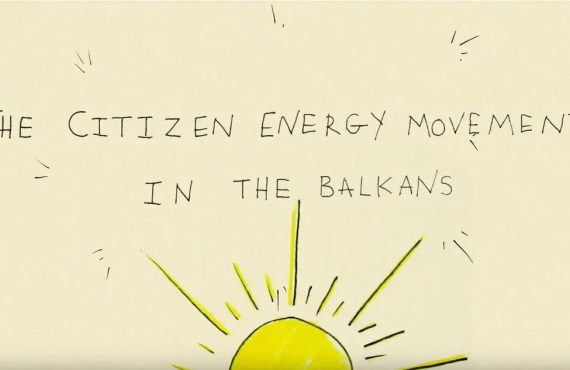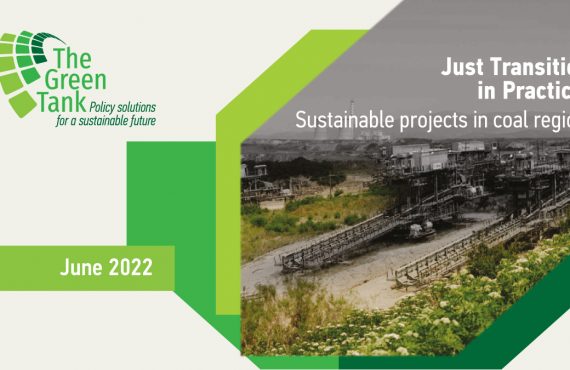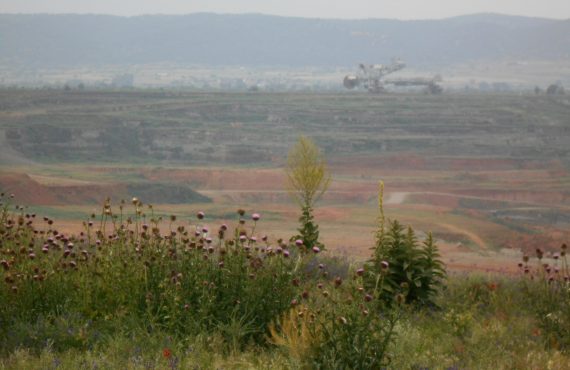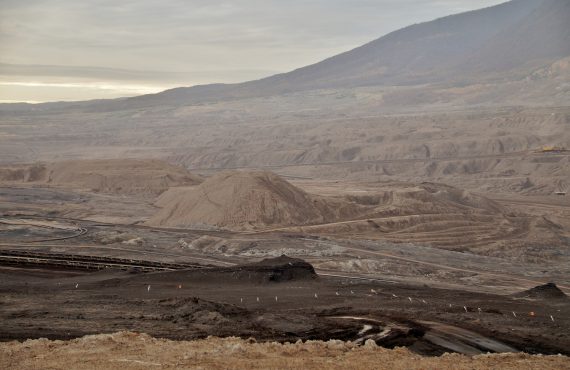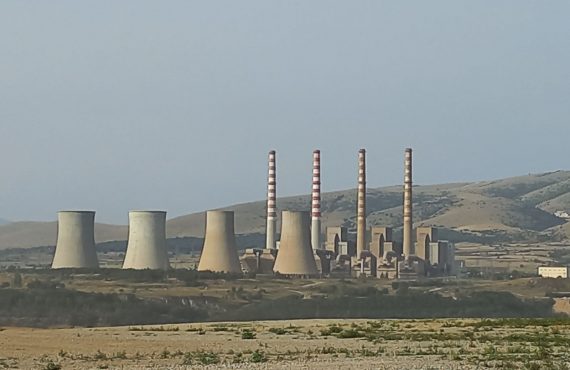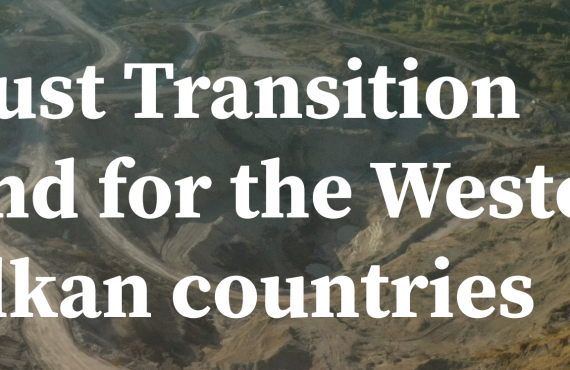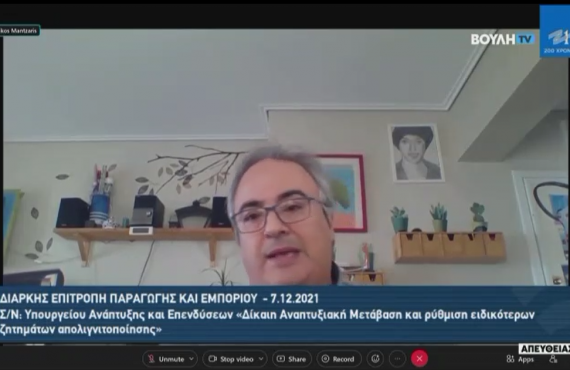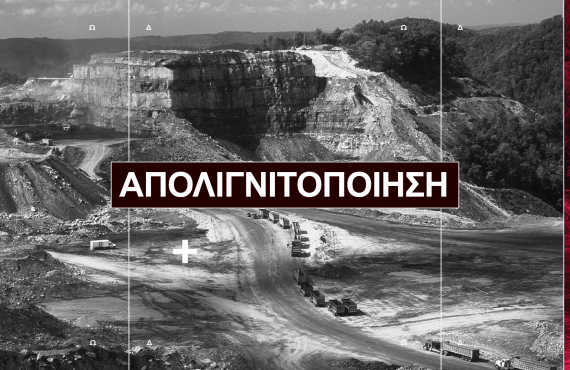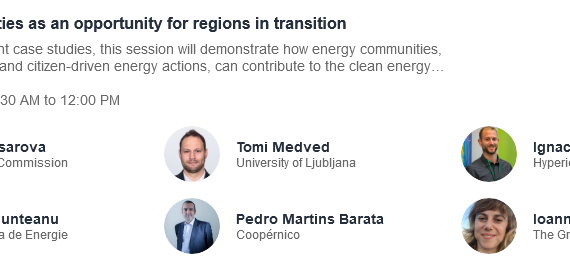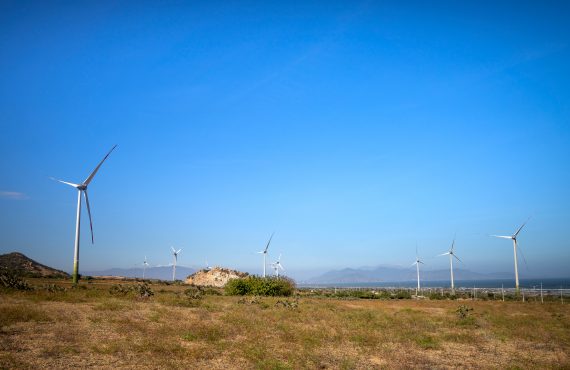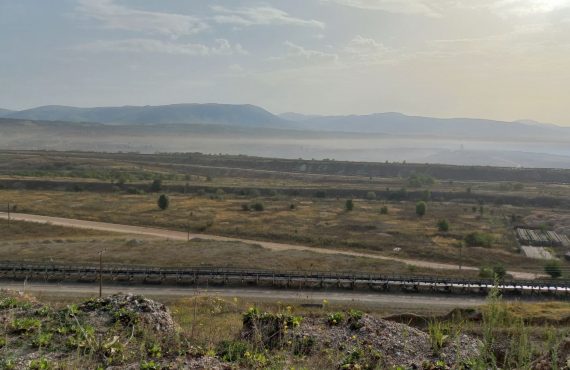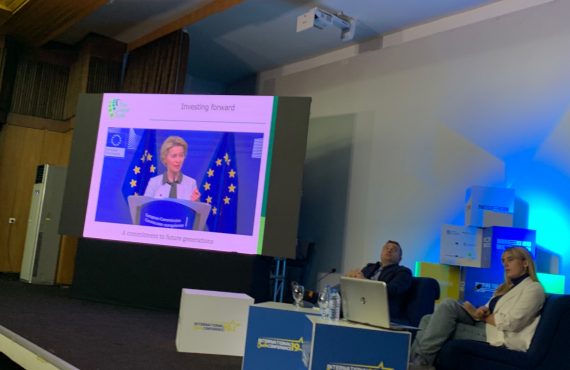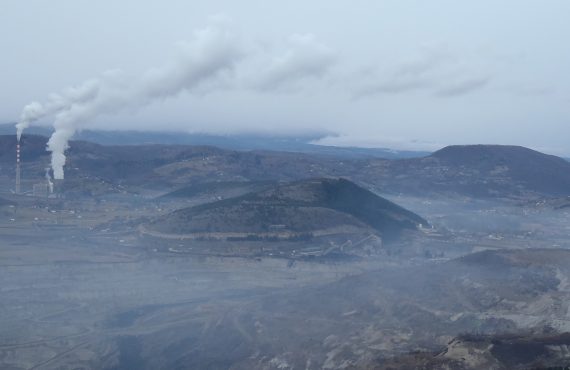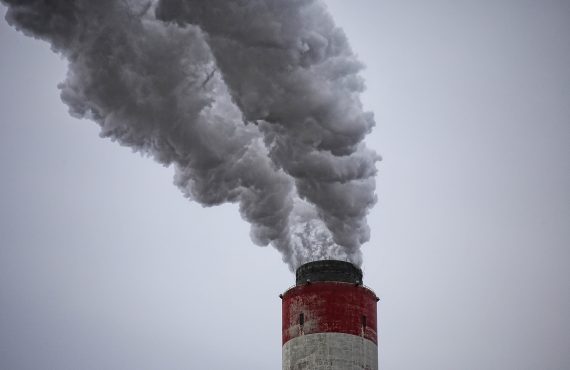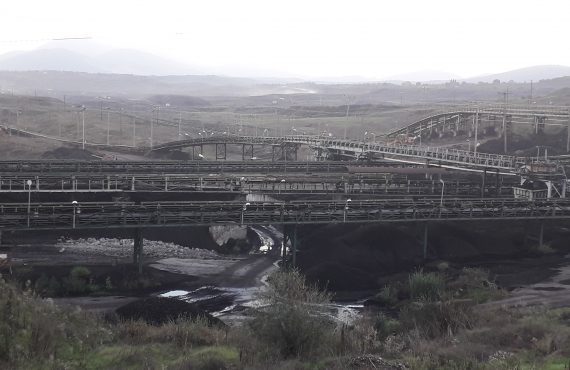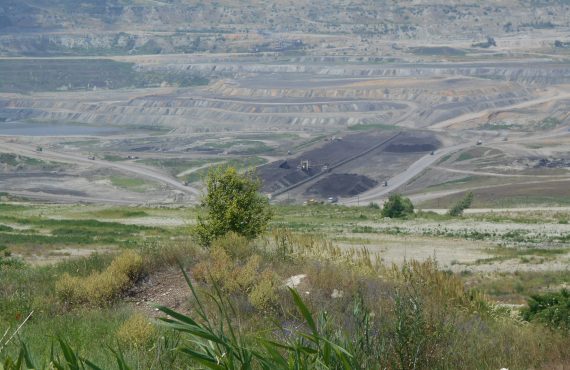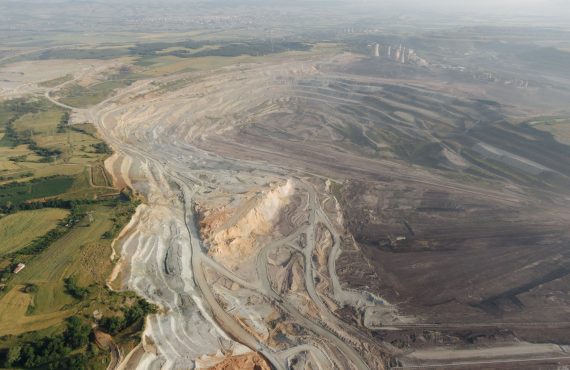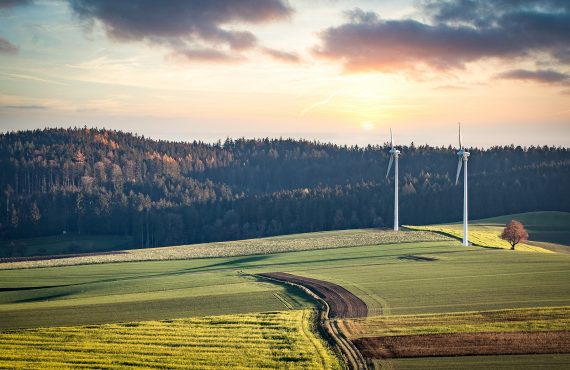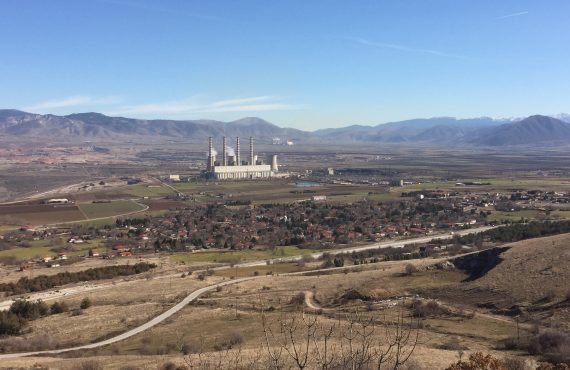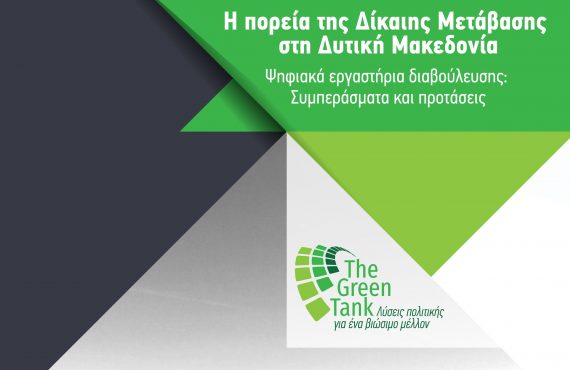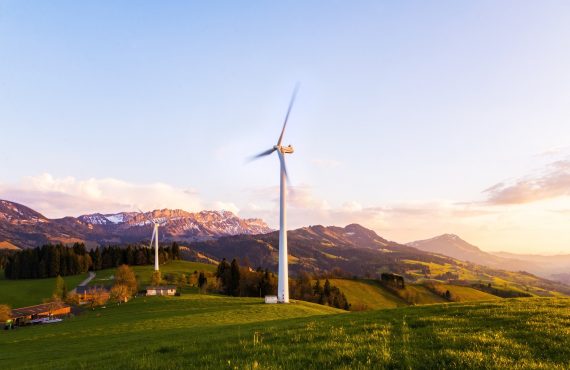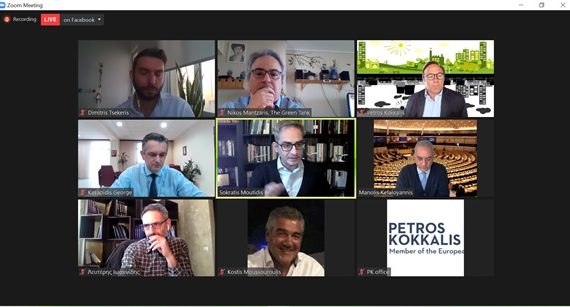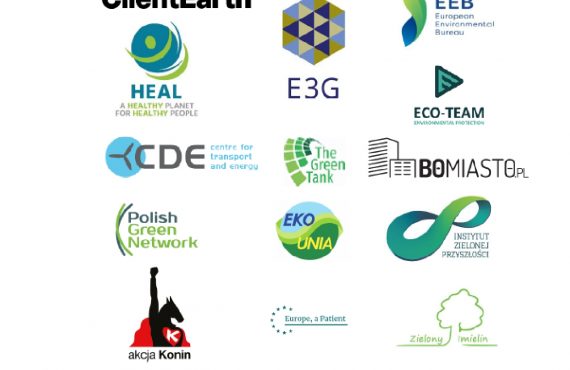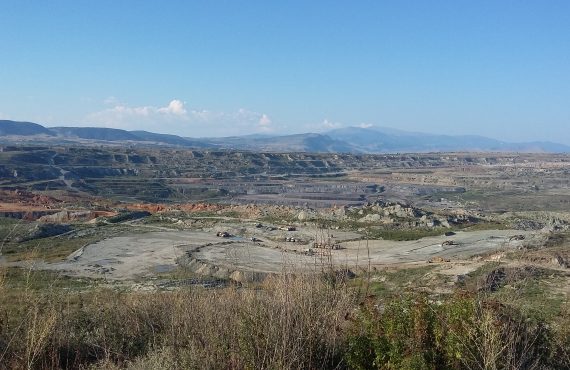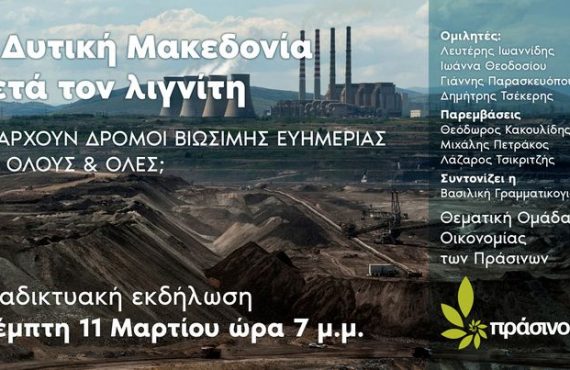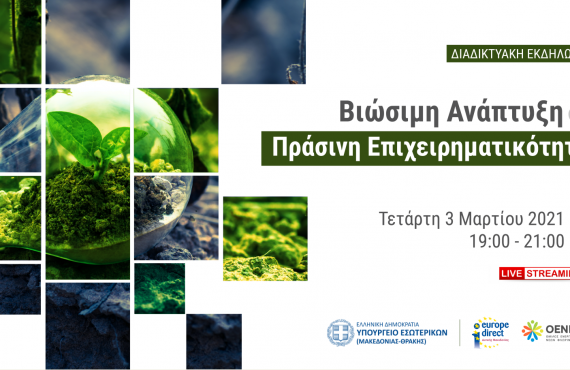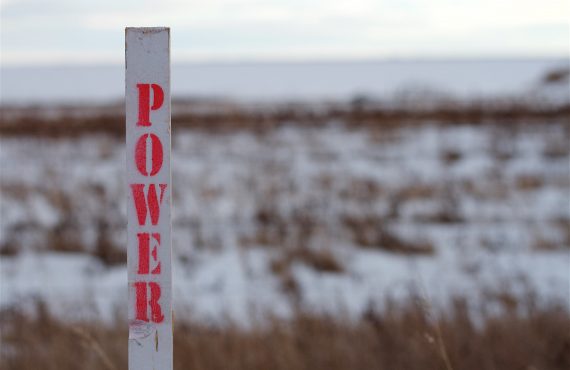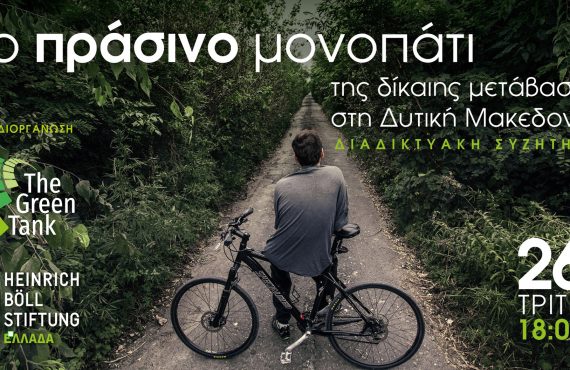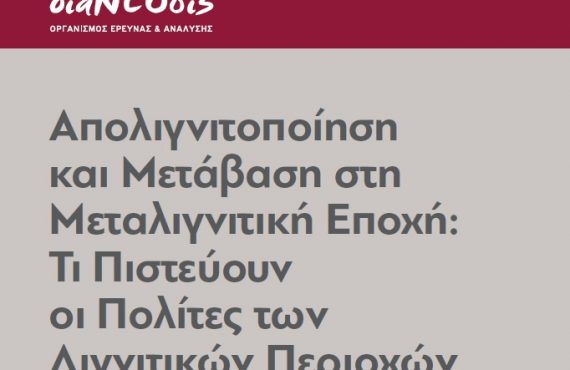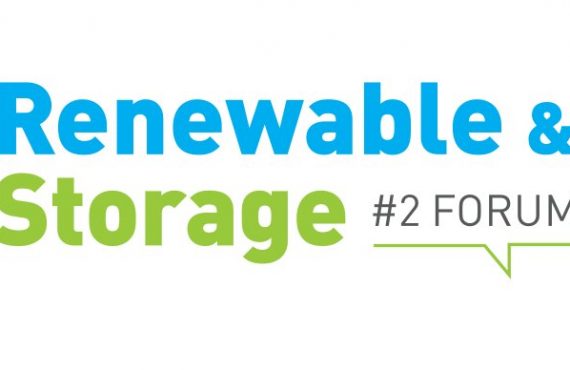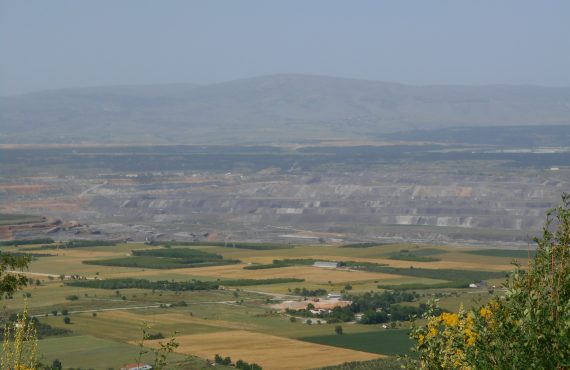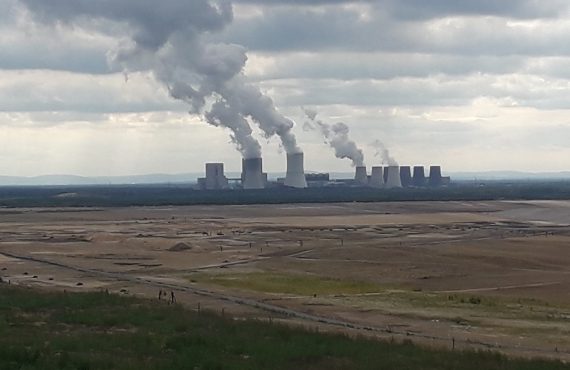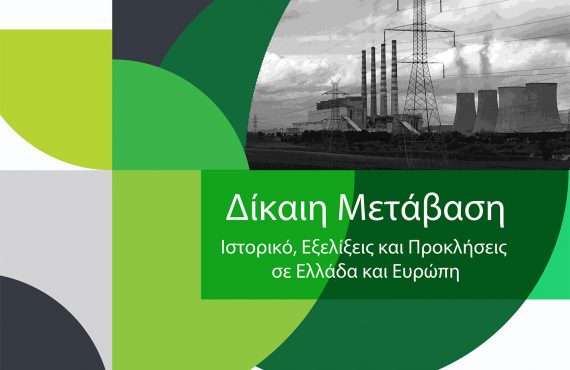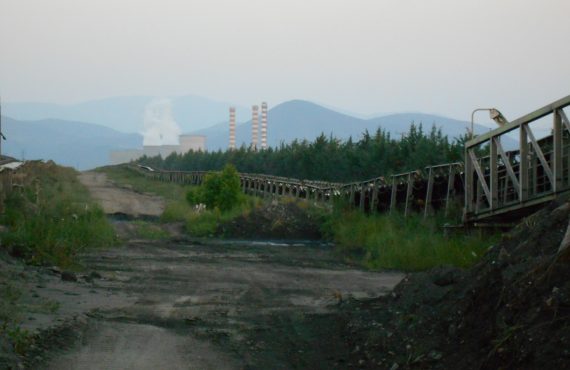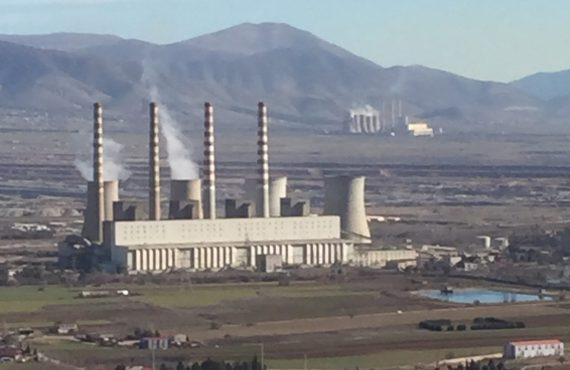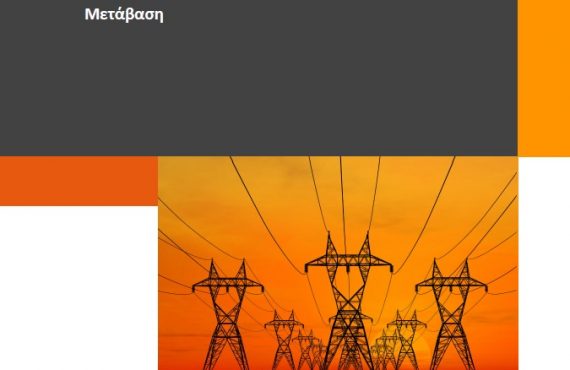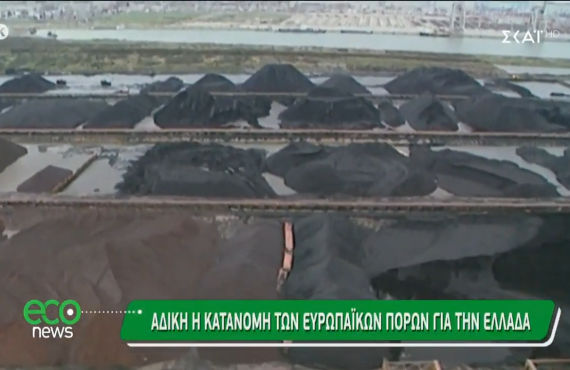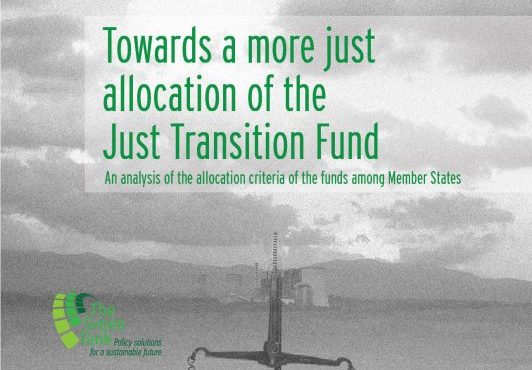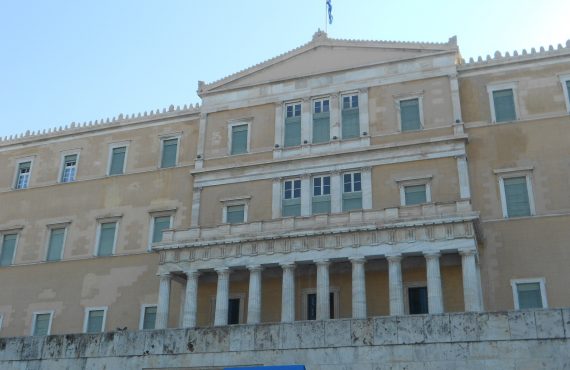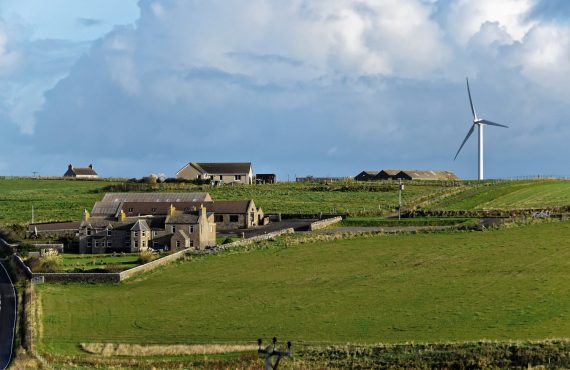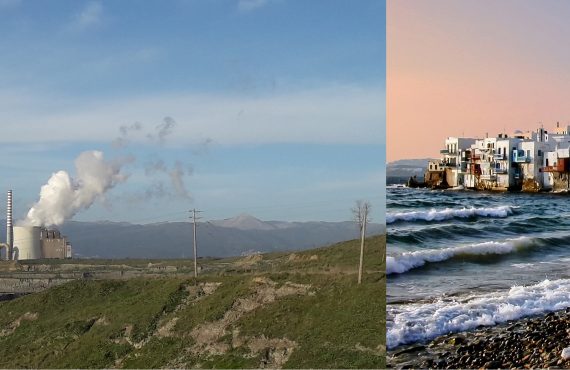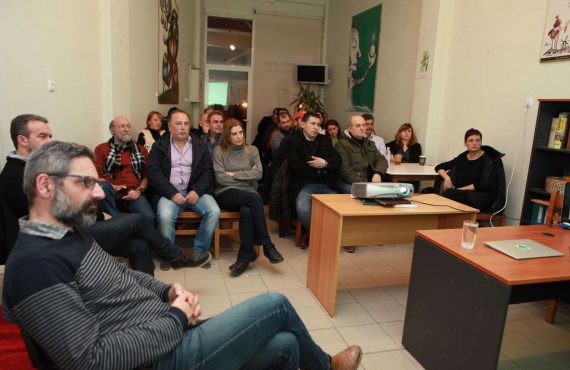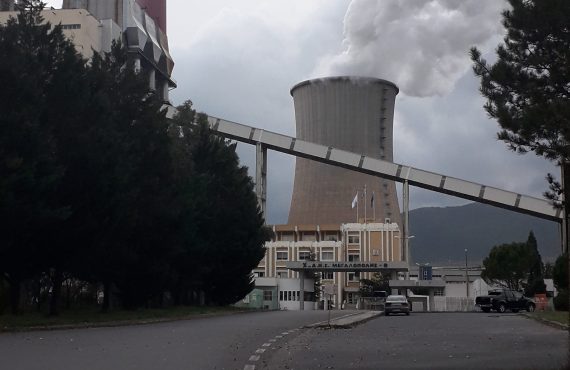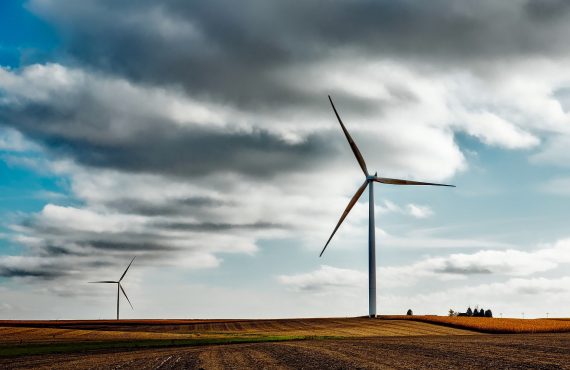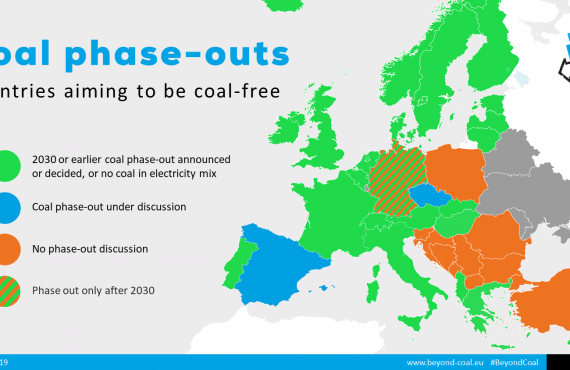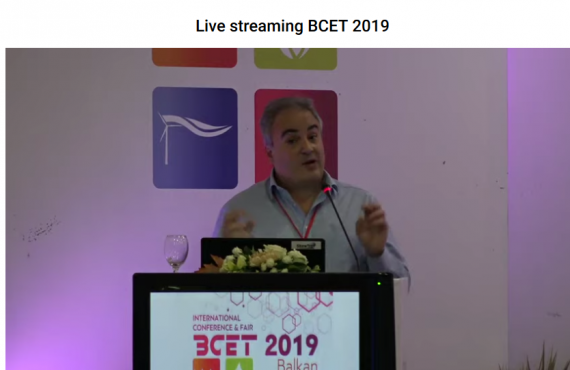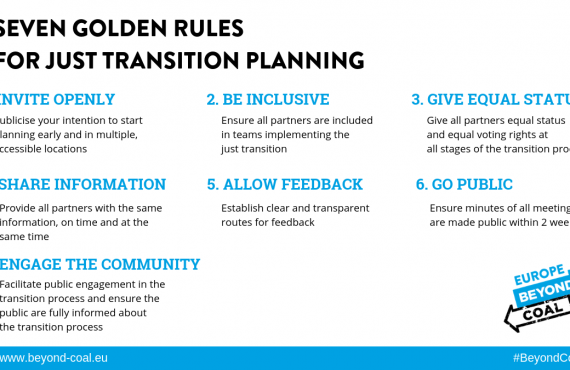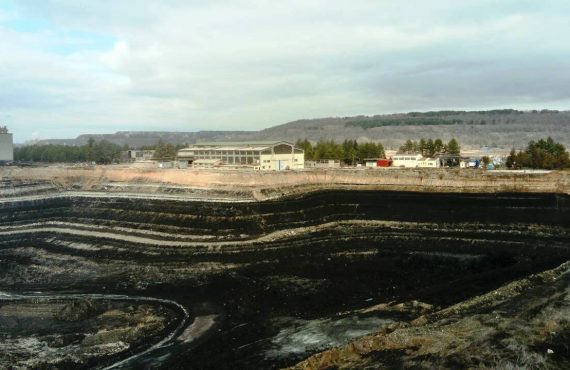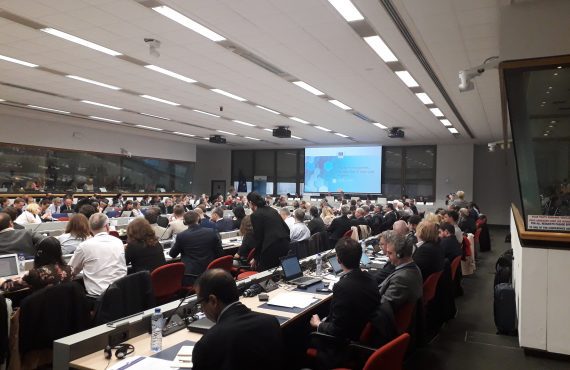As the EU seeks ways to secure energy supplies for the coming winter, in her article titled “Building a sustainable future in coal regions in transition” at CEENERGYNEWS Ioanna Theodosiou explains how sustainable projects in coal regions across the EU show the way out of the multiple crises we are experiencing today.
The articles’ point of departure is the recent report by The Green Tank titled “Just Transition in Practice: Sustainable projects in coal regions”. Drawing on the experience from coal regions and Just Transition planning in Greece, which is the first EU Member State with approved Territorial Just Transition Plans and a Just Development Transition Program for the period 2021-2027, the purpose of the report was to provide a best practices guide for Member States who are still developing their Territorial Just Transition Plans.
Commenting on the main categories of Just Transition projects presented in the report, Ioanna Theodosiou outlined the key characteristics of economically sustainable and socially just investments which transform coal regions across the EU. Among them, renewable energy sources, energy storage technologies, investments in the primary sector and specifically in agro-photovoltaic systems, zones of economic activity and innovation, sustainable mobility, the transformation of coal regions in cultural heritage and leisure spaces, and the up-skilling and re-skilling of local communities and youth in particular.
The article concludes that the European experience is rich in such examples that can become a source of inspiration for coal regions across the EU while planning a sustainable future.
Ioanna Theodosiou is policy associate at The Green Tank.
The article was published in ceenergynews.com, on July 21, 2022.
The full article follows:
Building a sustainable future in coal regions in transition
Talking about Just Transition may sound romantic or unreal in the days of severe energy crisis and the ongoing invasion of Ukraine when all European countries are looking for ways to secure their energy supplies for the coming winter. However, this discussion is anything but unreal. In fact, Just Transition is the only realistic and sustainable way out of the multiple crises we are experiencing lately and this brings Europe’s coal regions and their post-coal future into the limelight.
In the last three years, since the adoption of the EU Green Deal and the Just Transition Mechanism, the European Commission accelerated its efforts to convince Member States and their coal communities that the transition is inevitable and that we all should unite our efforts so that no one is left behind. The majority of the Member States started taking action in this direction, albeit belatedly, and Greece was one of them.
It was in 2019 when the Greek Prime Minister announced that Greece would become the first coal-producing EU Member State committing to phase out coal by 2028. Although the Greek mayors of the coal regions have been calling for concrete actions and funding to support the post-coal future of their regions since 2015, it was not until mid-2020 that the Just Transition planning process really began. Despite the huge delay and less than 3 years after the announcement of the coal phase-out, Greece became the first EU Member State with approved Territorial Just Transition Plans and a Just Development Transition Program for the period 2021-2027.
The initiation of the planning process in Greece and other EU Member States created the need to turn to the EU’s past experience on Just Transition. So, drawing from this and intending to support other Member States who are still developing their Territorial Just Transition Plans, the Green Tank’s report Just Transition in Practice: Sustainable projects in coal regions collects examples of existing or planned sustainable projects in coal regions across Europe that can serve as a guide for the design of Just Transition.
In mapping these projects in different categories, our aim was to highlight their sustainability characteristics. And the first and most obvious characteristic when we talk about sustainability in Just Transition is the shift of the coal-based electricity model towards Renewable Energy Sources (RES). In other words, Just Transition is by definition not compatible with moving from coal to other fossil fuels, like fossil gas, but only to RES.
At the same time, local communities in coal mining regions are typically in favour of retaining the energy character of their region in the post-coal era as this is more suitable to the tradition the region has developed over the years. In addition to being an almost natural fit for coal regions, the development of renewables also supports the attainment of climate objectives and the reduction of energy costs. But, as the penetration of RES is growing, so does the need for technologies which can store electricity during periods of high supply/ low demand and release it when required. This is why the report also highlights energy storage projects of various technologies such as pump hydro energy storage, batteries, thermal energy storage as well as green hydrogen.
The deployment of renewables also brings to the forefront another aspect: the conflict of land use in the former coal regions. The energy sector requires land to develop, but so do other sectors. The primary sector constitutes an important pillar for the overall development of rural regions. The combined use of areas for photovoltaics and agriculture in the form of agri-voltaic systems emerges as an option for the former coal areas in order to sustain their role in the energy transition and at the same time promote sustainable development in the primary sector.
Past experience in north and central European countries shows also other ways to transform coal regions into zones of economic activity and innovation. This is particularly the case for those regions located near borders or along highways, which allows them to turn into logistics centres. In the case of coal regions that also have well-developed other industrial sectors, the coal regions can be converted into industrial zones. Such economic zones contribute to job creation, and sectoral specialization, by supporting research and technology development, smart and sustainable innovation with the establishment of research and scientific centres as well as innovation and technology hubs.
Sustainable mobility projects, such as electromobility, hydrogen mobility as well as relevant supporting infrastructure, constitute a significant investment and policy pillar for the transition of coal regions.
Furthermore, several north and central European countries have attempted to preserve the industrial heritage of former coal regions. They have restored mining sites to create a new natural environment, most commonly, with lakes, parks as well as museums, which often become tourist attraction sites. Therefore, in many cases, sustainable tourism becomes part of the revitalization of former mining areas.
The biggest concern in the Just Transition process is always the creation of new jobs for the people in the regions that are most affected by the transition. That is the reason why reskilling, upskilling, vocational training and capacity-building projects and initiatives are crucial when planning Just Transition.
Moreover, young people in local communities need support in order to tackle the transition challenges and remain in the post-coal regions while new economic activities are developed; perhaps the most significant reason why the coal regions need to focus on ways of moving forward to sustainability rather than denying the end of the coal era.
The European experience is rich and provides plenty of economically sustainable and socially just examples of investments in transition regions. Connecting the dots of coal to green sustainable projects across the EU is crucial in building solid pathways towards a post-coal, climate-neutral future.



